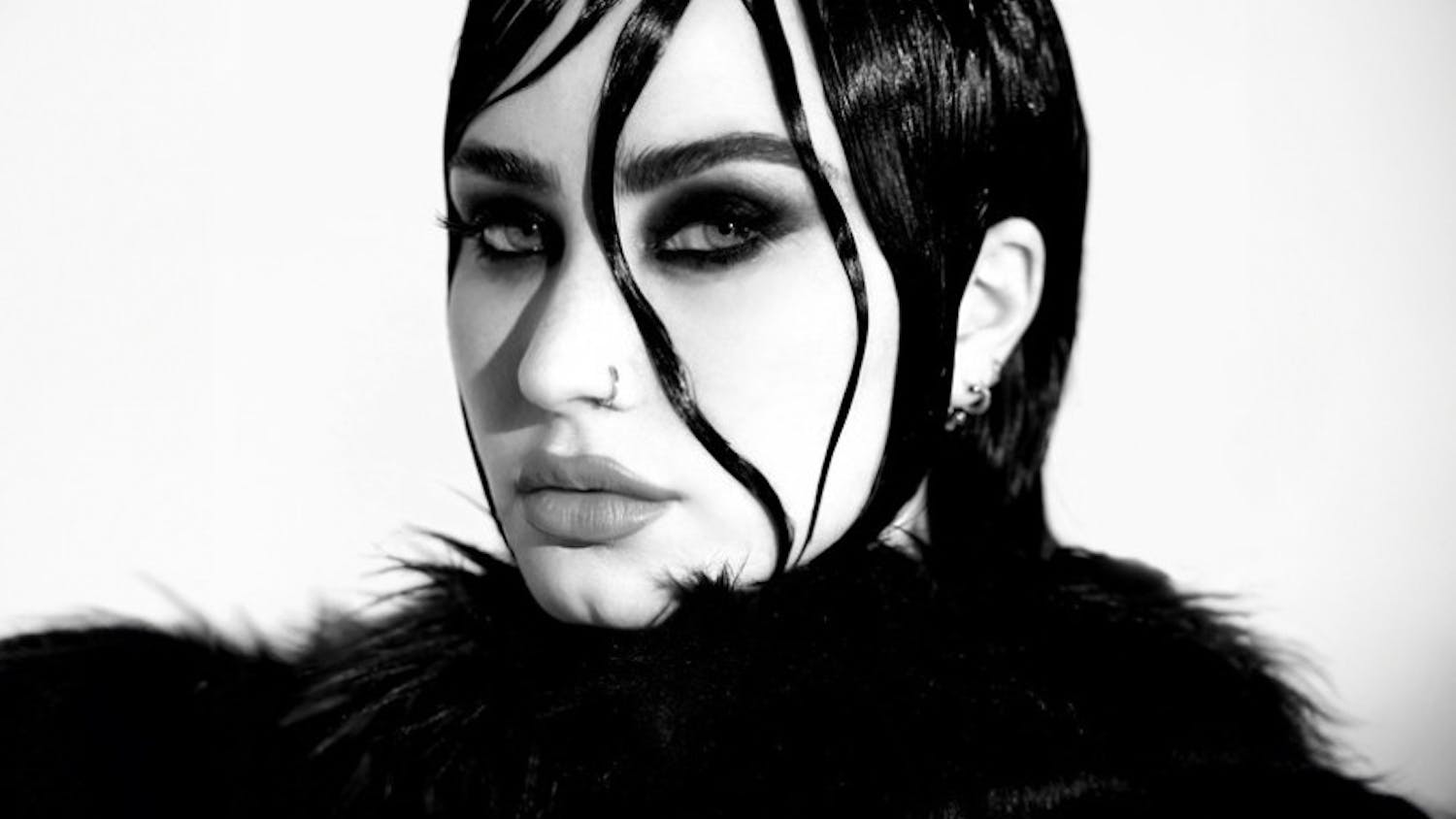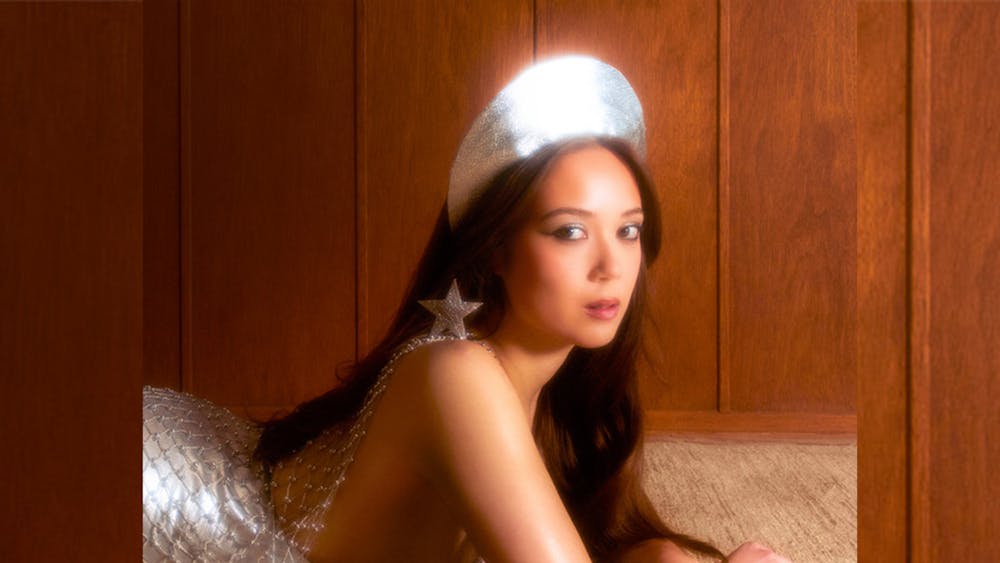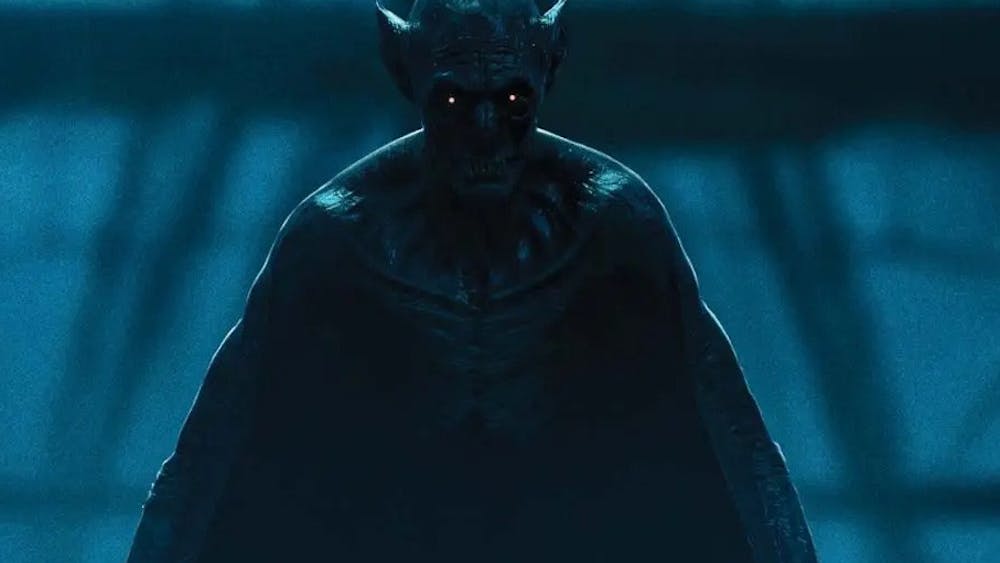It seems this year that IU Opera Theater productions are mixed packages, delivering both the exquisite along with the dreadful. The same also seems true of the stories of the operas.\nIn Engelbert Humperdinck's "Hansel And Gretel," the two children realize the indulgence in sweet things and forbidden treats can often lead to unhappy outcomes. Similarly, IU Opera Theater's current production, which opened Saturday night, delivers both the sweetness, which is what IU Opera is known for, along with the variable toothache that it can also cause.\nHumperdinck's work was originally written for his sister's children as a Singspiel (German folk music) and then was added to and orchestrated as a full opera rediscovering the Marchenoper (fairy tale opera) style moving away from Verismo -- down and dirty -- operatic modes of Italy and Wagnerian Germany. \nBut the opera is stylistically very Wagnerian, using similar passages and motifs in the music to help create different atmosphere. Humperdinck also ingeniously created original German folk music even though it sounds hundreds of years old.\nSunday afternoon, music professor Thomas Baldner, along with the IU Philharmonic Orchestra, seemed right at home with the lush yet airy score, molding it to a heightened euphoria when the music was jovial and to a mysterious glimmer when dreary.\nBy far, this opera was Baldner's most comfortable conducting experience in a long time -- the music seemed to just pour out of him and splash into the Musical Arts Center -- refreshing from the usual struggles with both orchestra and audience.\nIt is always a joy to see a Max Rothlisberger, a professor emeritus of music, set design. The Musical Arts Center was his baby and he knew how to design for it. In an opera that calls for the very Wagnerian precepts of picture box staging, Rothlisberger designed sets that enraptured from the moment light spilt onto them. \nThe quaint home of Hansel and Gretel is reminiscent of the German huts one might see in old \n"Frankenstein" films of the 1930s. Towering above the hut are trees -- mysterious and in a way safe from harm, reminding one of the forest in the film "E.T." Finally, in the second act, the playground of a forest clearing is coupled with both an angelic stairway to angels -- reminiscent of something from "The Magic Flute" -- and then with a gingerbread witch's house.\nThough dimly lit by first time lighting designer Damen Mroczek, a graduate student, who added to the mystery with his lights (but, yes, quite difficult to see), the sets were true treasures of IU opera scenic design.\nThe performances from the principles were a mixed bag. English was obviously not a first language for a few of the cast members and the language became muddy to the point of incomprehensible -- thank goodness for the supertitles.\nOverall, the performances were interesting, though not particularly acted well, especially during long passages where the action of the story is put on hold for musical purposes. The opera became sluggish because the performers became so caught up in the music that they forgot about the audience watching them. Such is always the difficulty when operas contain long passages where nothing furthers the story -- the first scene, for example, where the children are procrastinating their chores.\nGraduate students Hyoun-soo Sohn as Hansel and Kinga Skretkowicz as Gretel were very spirited and seemed to enjoy themselves onstage, despite their characters slipping into silliness. Sohn's mezzo-soprano was teeming and made her difficult to understand while Skretkowicz's soprano was a buoyant contrast and made the two together a refreshing pair.\nGraduate student Jackson Ross Best as Peter, the children's father, though only on the stage a short time, gave into the absurdity of his character and made the comedic caricature of an inebriated yet jubilant father work. His stentorian baritone was also a great aid.\nThough the audience ate up graduate student Michael Deleget's whimsy take as the witch (a role written for a female voice, played an octave lower), Deleget's prancing made him look like a ridiculous drag queen with a penchant for molesting and eating children -- can we say bizarre?\nIn the end, the set and spectacle kept the show from being visually bland and the wonderful orchestra accompaniment to the delightful (albeit incomprehensible) singing allowed for Humperdinck's masterpiece to thrive. One need not be a child to enjoy this opera.
'Hansel and Gretel' proves sweet
Get stories like this in your inbox
Subscribe





